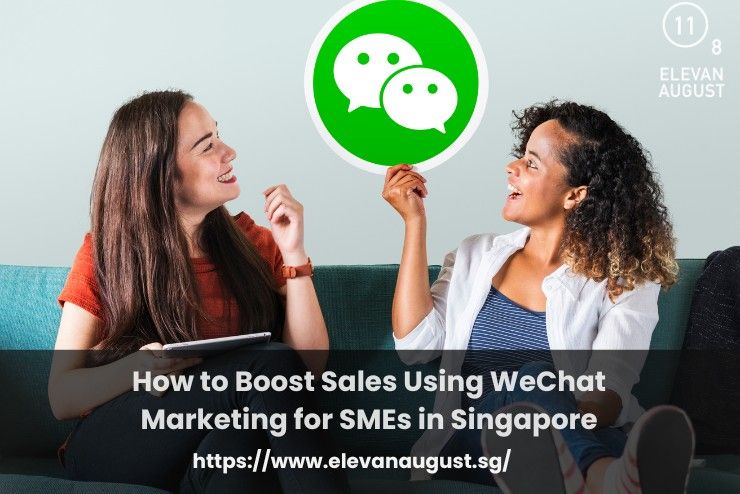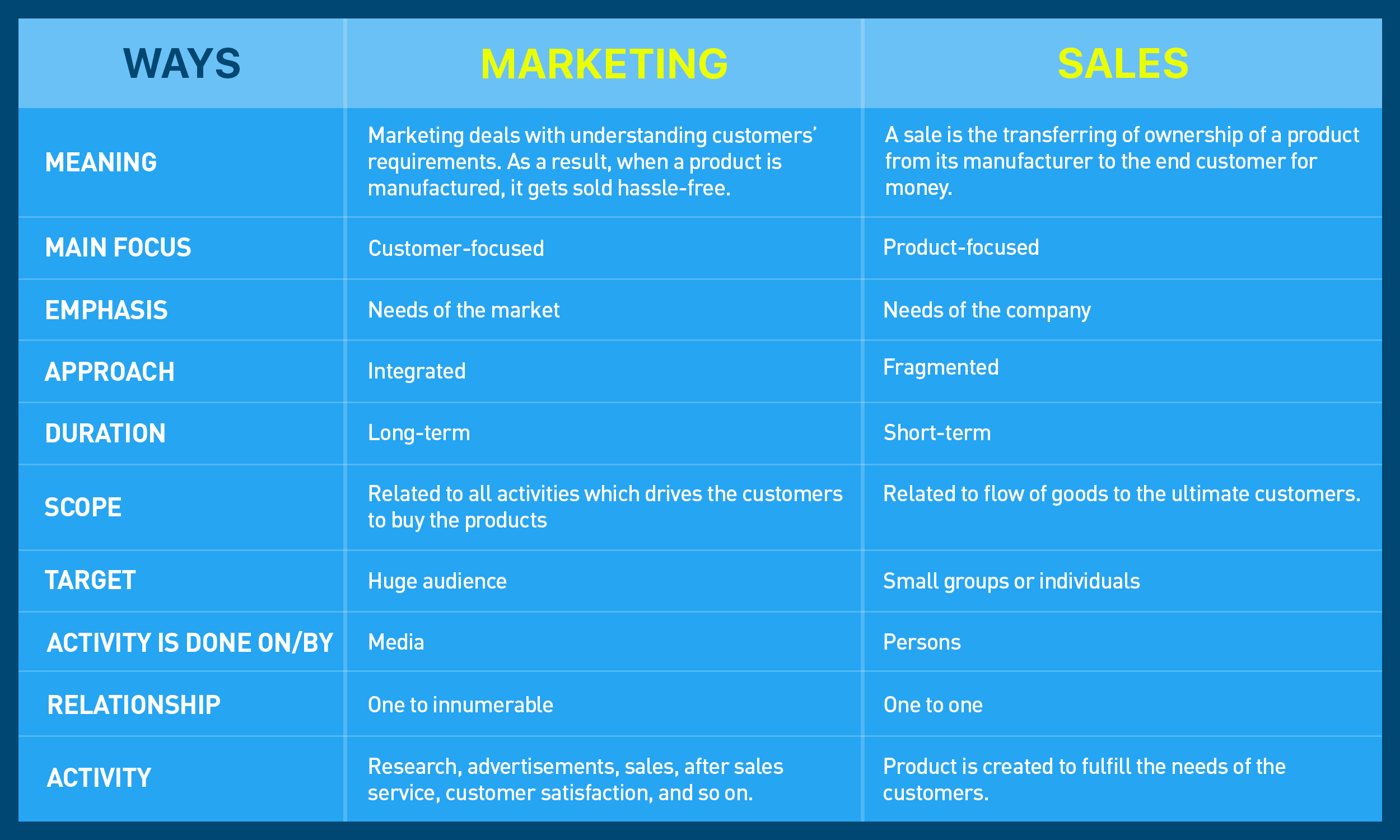There’s a quiet shift happening among local businesses. More SMEs are beginning to see WeChat as more than just a chat tool.
For those who’ve used it casually (replying to customers, sharing the odd promo), the idea that it could become a full-fledged sales channel might feel far off. But it isn’t.
Businesses already using WeChat in Singapore are slowly turning the platform into something more structured: a space to nurture customers, push transactions, and manage retention.
When used with a clear purpose, WeChat can slot directly into your growth stack, even if you’re starting with a lean team.
Treat your WeChat presence like a live touchpoint, not a static feed
Most businesses begin by opening an official account and pushing content. That’s expected.
What separates those who see results from those who don’t is how the channel is treated over time. On WeChat, updates land differently.
A service account puts your post directly in the user’s chat list. That creates an opening, but it also raises the bar for relevance. If the post is useful, it gets read and possibly shared. If it feels like filler, it gets ignored, and that reaction carries forward.
Instead of defaulting to promotional pushes, build your WeChat presence the way you’d manage an in-store conversation. Clear updates, sensible intervals, and always with something to offer the reader.
One thoughtful post every 10 days usually outperforms four unplanned ones scattered across the month.
Make content decisions based on what customers actually use
There’s a difference between content that performs and content that fills a slot. The former is built around customer habits.
For instance, a dental practice might notice that cancellations often happen midweek. A well-timed WeChat post that offers same-day slots or promotes a limited midweek package could fix that.
A home cleaning service could publish a Sunday-night reminder for available Monday appointments.
These aren’t just posts. They’re short operational nudges. The content doesn’t need clever phrasing or visual overload. It needs to match a customer’s moment.
Look through your last ten customer questions or reschedules. Chances are, half of them could have been addressed in a post your customer actually wanted to receive.
Use mini programs to reduce friction between interest and action
Once a customer sees something they like, the next few seconds matter more than most businesses realise. If you make them leave the app, open a browser, or fill out a form, many simply drop off. Mini programs fix that.
A tutoring centre can let parents book slots directly. A florist can list three bouquets and include tap-to-order. Even a consultancy can publish a service overview and let prospects choose a callback window.
These flows feel simple to the user, but on the backend, they close the distance between discovery and transaction.
That’s where most sales efforts fall short—not in awareness, but in the two steps that follow.
Integrate WeChat Pay as a functional layer, not just a payment method
Many brands see WeChat Pay as an extra convenience. That’s only part of the picture.
Within the WeChat environment, it acts as a trust signal. It reassures customers that they can complete a purchase without disruption.
This matters when you’re nudging repeat purchases or promoting limited-time deals.
If the path to payment feels familiar, customers move faster. And they’re more likely to return.
For businesses offering bundles or subscription-like packages, WeChat Pay can also become the foundation for smoother re-engagement.
Offering an extra payment option isn’t the point. The goal is to maintain momentum once a customer decides to buy.
Make paid visibility feel useful, not intrusive
Running ads on WeChat works best when you shift your focus from brand visibility to timing.
An ad that appears before payday, during festive seasons, or just ahead of public holidays performs better than one placed randomly. That’s because users engage more when the offer matches something they’re already planning.
For example, a grooming studio that offers advance bookings for holiday weekends has more to gain from ads than one simply pushing a discount.
The copy needs to sound like it belongs; nothing jarring, nothing overworked. In many ways, WeChat ads succeed when they don’t feel like ads at all. They land like a message from someone the user already follows, not a company trying too hard.
Use groups to build retention without overwhelming users
Customer retention often gets boxed into email lists or CRM dashboards. But on WeChat, private groups do the job with less overhead.
A group with 60 engaged members (regulars, referrals, and past buyers) often yields better sales than a public account with thousands of passive followers.
The difference lies in intent.
Group members are there to stay updated, not to browse casually. This gives businesses a space to test offers, ask questions, or push timely nudges.
But restraint matters. Don’t fill the group with marketing noise. Use it to open early access, resolve common queries, or highlight small wins.
When done with a light touch, these groups evolve into low-maintenance loyalty engines.
Build operations around the platform, not the other way around
Instead of treating WeChat as a side channel, some of the most effective SMEs in Singapore are adapting their operations around how users behave inside the app. This doesn’t require a massive restructure.
A beauty salon might track bookings that come in via WeChat and reserve one or two walk-in slots per day just for that channel.
A training provider might send course reminders or post-class surveys through it instead of email.
Over time, these small shifts compound. The platform becomes part of the delivery, not just the discovery. That integration makes your business easier to interact with, which, in a crowded market, is enough to tilt decisions in your favour.
Final thoughts
WeChat doesn’t need to become your everything. But it can become your edge.
If your business already uses the platform, it might just need a clearer direction, not more effort.
Start by identifying two or three touchpoints where your customer already expects communication. Replace those with WeChat interactions that feel simpler, faster, or more helpful.
Over time, the results aren’t just better engagement. They’re more bookings, fewer drop-offs, and clearer sales patterns.
That’s how we’ve seen WeChat shift from background tool to front-row performer for the SMEs we work with. If you’re looking for WeChat marketing in Singapore, Elevan August Media can help. Get in touch with our team of experts today.






